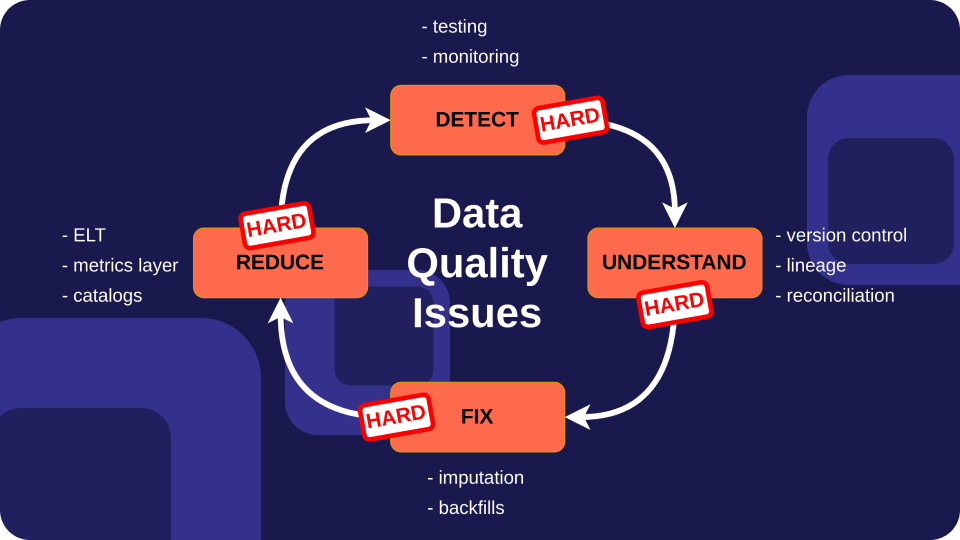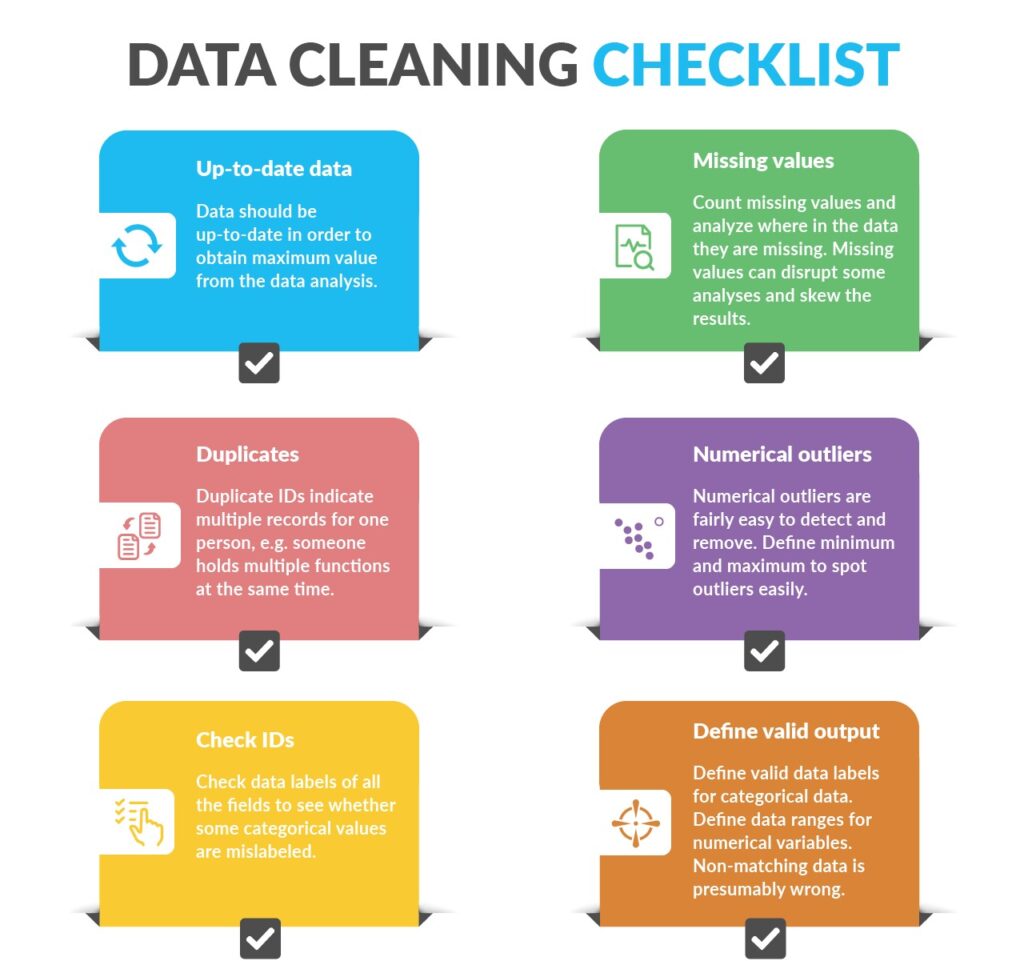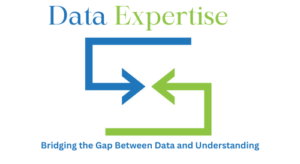In the era of big data, organizations are inundated with vast amounts of information. However, the value of data lies not in its quantity but in its quality. Data quality and cleansing are paramount to ensure the accuracy and reliability of the information that drives decision-making, analysis, and operations. In this comprehensive guide, we’ll explore the importance of data quality, its impact on businesses, and strategies to maintain data integrity.
The Significance of Data Quality
Data quality is the bedrock upon which effective decision-making and business operations are built. Whether you’re a small startup or a global corporation, the accuracy, consistency, and reliability of your data can make or break your success. High-quality data ensures that the insights you derive and the actions you take are grounded in reality. It fosters trust among stakeholders, both internal and external, and helps in complying with regulatory requirements. Moreover, data quality is not just about preventing errors; it’s also about enriching your data with context and relevance, turning it into a valuable asset that can drive innovation and business growth.
1. Informed Decision-Making: Accurate data is the foundation of informed decision-making. Whether you’re strategizing for your business, analyzing market trends, or assessing customer behavior, your decisions are only as good as the data they’re based on.
2. Improved Customer Experience: High-quality data ensures that you have a clear understanding of your customers. It enables you to personalize your services, anticipate their needs, and deliver exceptional experiences.
3. Regulatory Compliance: Many industries are subject to data protection regulations. Ensuring quality and integrity is essential to comply with these regulations, avoiding legal repercussions and protecting your reputation.
Common Data Quality Issues
In the realm of data quality, a host of issues can plague your datasets. Duplicate records, for instance, can clutter your databases and distort analytical outcomes. Missing data points can create gaps in your insights, hindering your ability to make informed decisions. Inconsistent data formats and standards across different departments can lead to confusion and misinterpretation. Furthermore, data decay, which occurs when information becomes outdated, is a silent but significant problem that can erode the value of your data over time. Addressing these issues requires a multi-faceted approach, involving data cleansing, validation, and ongoing data governance practices to maintain quality standards.

1. Inaccurate Data: Inaccuracies can creep into your dataset through human error, outdated information, or data entry mistakes. These inaccuracies can lead to misguided decisions.
2. Duplicate Records: Duplicate data is not only redundant but also confusing. It can lead to overcounting, skewed analytics, and wasted resources.
3. Incomplete Information: Missing data points can hinder your ability to gain a complete picture. This can be especially detrimental in customer profiles or research data.
Strategies for Data Quality and Cleansing
1. Data Profiling: Start by understanding your data. Data profiling involves analyzing and summarizing the content and structure of your datasets. It helps you identify anomalies and quality issues.
2. Data Validation: Implement validation rules to ensure that data meets predefined criteria. For example, you can validate email addresses, phone numbers, or postal codes to ensure accuracy.
3. Data Standardization: Standardize data formats and conventions to maintain consistency. This includes formatting dates, currencies, and units of measurement uniformly.
4. Regular Audits: Conduct regular data audits to identify and rectify issues promptly. Automated data quality tools can streamline this process.
5. Data Enrichment: Enhance your datasets with additional information from reliable sources. This can help fill in missing details and improve data completeness.
6. Employee Training: Train your staff on data entry best practices to reduce errors at the source. Encourage a culture of data quality within your organization.

Tools and Technologies
1. Data Quality Software: Invest in data quality software solutions that can automate cleansing, validation, and profiling tasks. These tools can significantly reduce manual effort.
2. Machine Learning: Machine learning algorithms can be employed to identify and rectify data quality issues autonomously. They can adapt and improve over time.
3. Data Governance Framework: Establish a data governance framework that defines roles, responsibilities, and processes for maintaining data quality across your organization.
4. Data Quality Metrics: Define key data quality metrics that align with your business objectives. Regularly monitor and report on these metrics to track progress.
Conclusion
Data quality and cleansing are non-negotiable aspects of modern data management. Inaccurate or incomplete data can lead to costly mistakes and missed opportunities. By prioritizing data quality, implementing effective strategies, and leveraging the right tools, businesses can ensure that their data remains a reliable asset for informed decision-making and sustainable growth.



